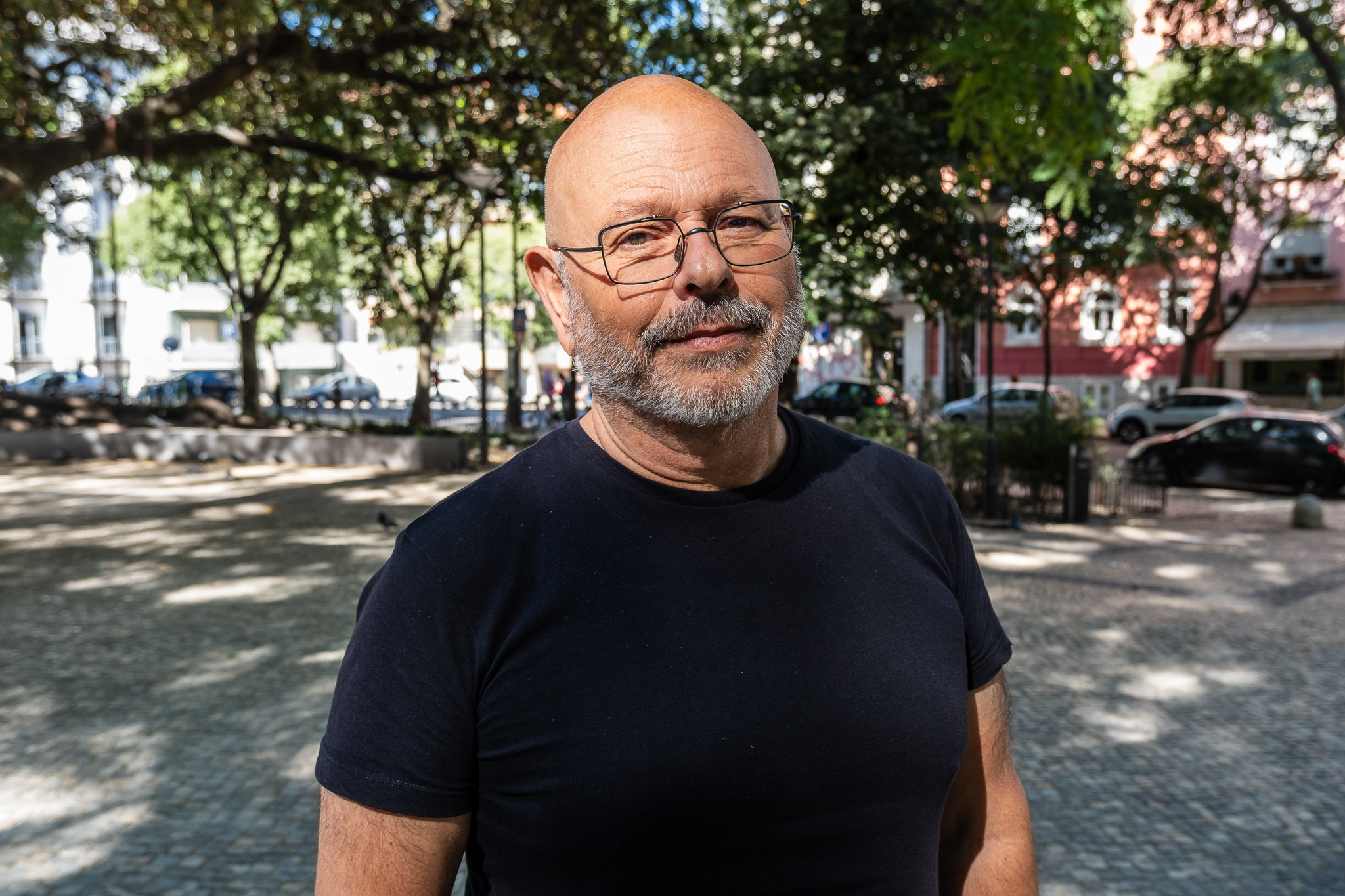Opinião.
Países e cidades têm vindo a retirar dos seus regulamentos as exigências mínimas de estacionamento. E têm, em alguns casos, vindo a substitui-las por índices máximos, de forma a limitar a oferta. Alheia a esta tendência, amplamente sustentada, a legislação portuguesa continua a impor índices mínimos, que de ‘mínimo’ pouco têm.

Em 2005, Donald Shoup publicou um livro – The High Cost of Free Parking – em que relacionava a oferta de estacionamento com os seus impactos na forma urbana e na vida quotidiana, o qual viria a tornar-se uma referência incontornável. Ao longo de 800 páginas, Shoup demonstra como as exigências de estacionamento requeridas nos instrumentos de planeamento para aliviar a pressão e o congestionamento (assentes na lógica ‘predict & provide’ ) acabam por distorcer as opções de transporte, contribuindo para a fragmentação urbana, para a dependência automóvel e para a degradação do ambiente; e representando um fardo para a economia do Estado e das famílias. Desde então, muitos estudos semelhantes se seguiram, como este mais recente de Henry Grabar.
Tomando consciência deste efeito e procurando incentivar uma política de estacionamento coerente com aquilo que se pretende para o futuro das cidades, a União Europeia apoiou a publicação de uma série de brochuras, ‘Push & Pull’, que justificam a necessidade das autoridades chamarem a si a gestão do estacionamento. Partindo de estudos e experiências em diferentes cidades, demonstra-se de forma simples e inequívoca a necessidade de aliar medidas de gestão do estacionamento (e, portanto, de desincentivo ao automóvel) a medidas de promoção da mobilidade activa e sustentável (que as receitas do estacionamento ajudam a financiar). Por outras palavras, procura-se ‘empurrar’ os automóveis para fora da cidade e ‘puxar’ os cidadãos para outras formas de mobilidade.
Numa das brochuras, apresenta-se um estudo que avalia a utilização regular do automóvel em três cidades francesas, comparando a mobilidade de funcionários a quem é oferecido estacionamento gratuito com outros que não têm esta benesse. A conclusão é de que 95% dos primeiros utilizam o carro como meio de transporte, enquanto apenas 46% dos funcionários sem estacionamento gratuito optam pelo automóvel. Se a facilidade em estacionar estiver tanto no destino (empresa, área comercial ou equipamento) quanto na origem (habitação), a opção pelo carro torna-se quase incontornável, por mais que existam alternativas de transporte mais razoáveis. Concluiu-se daqui que o estacionamento no edificado não só incentiva o uso do automóvel, como compromete a capacidade do estado de influenciar as opções modais: o estacionamento privado escapa a qualquer política de estacionamento como areia por entre os dedos.
Face a isso, países e cidades têm vindo a retirar dos seus regulamentos as exigências mínimas de estacionamento. E têm, em alguns casos, vindo a substitui-las por índices máximos, de forma a limitar a oferta (uma tímida amostra dessa lógica foi tentada no PDM de Lisboa de 2012, criando-se raios de 300 metros em torno das estações de Metro com menores exigências e mesmo restrições à oferta de estacionamento). Ao mesmo tempo, na Europa mas também nos EUA (país da máxima dependência automóvel), começam a surgir novos bairros onde só existe espaço para veículos partilhados. Esta mudança de paradigma no que toca ao estacionamento é reportada pelo Institute for Transportation and Development Policy (ITDP), instituto que tem também vindo a lançar manuais que a justificam e apoiam.
Alheia a esta tendência, amplamente sustentada, a legislação portuguesa (Portaria n.º 216-B/2008) continua a impor índices mínimos, que de ‘mínimo’ pouco têm. São suficientes para que os grandes shoppings e equipamentos construídos nas últimas décadas tenham caves de estacionamento permanentemente fechadas, as quais por sua vez obrigam a amplos acessos rodoviários que os descosem da envolvente, fazendo com que importantes centralidades constituam enormes barreiras urbanas. São também suficientes para encarecer o custo de um edifício em cerca de 30% e para dar cabo de bons projectos de arquitectura e de urbanismo: por um lado, porque ao impor mínimos de estacionamento no espaço público a legislação força a construção em altura para libertar solo, comprometendo a densidade, a escala humana e a qualidade do espaço público; por outro, porque ao impor mínimos de estacionamento no edificado, a legislação incentiva grandes lotes com embasamentos cegos, contribuindo para ambientes urbanos entediantes e sem vigilância natural, que comprometem a mobilidade a pé e a vida de bairro. A este cenário acrescem os perfis rodoviários impostos pela mesma portaria para as ruas locais (entre 6,5 e 7,5 metros), frequentemente desadequados no interior de um bairro.
É verdade que tais exigências são ditadas por legislação de escala nacional. Mas é também verdade que, enquanto não são revistas na sua origem, os municípios podem optar por se sobrepor a tais métricas, deixando de as verter nos seus PDMs, revogando exigências contraproducentes que, porventura, tenham sido vertidas nos regulamentos municipais em vigor e ponderando a substituição de tais exigências por outras que motivem e ajudem a financiar a mobilidade sustentável. É uma alteração simples, mas determinante para que tenhamos mais habitação e melhor cidade.
Uma versão deste artigo foi originalmente publicado na revista IntelCities.









